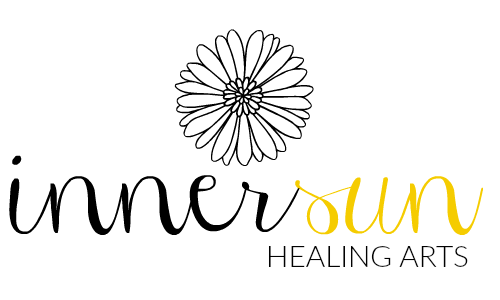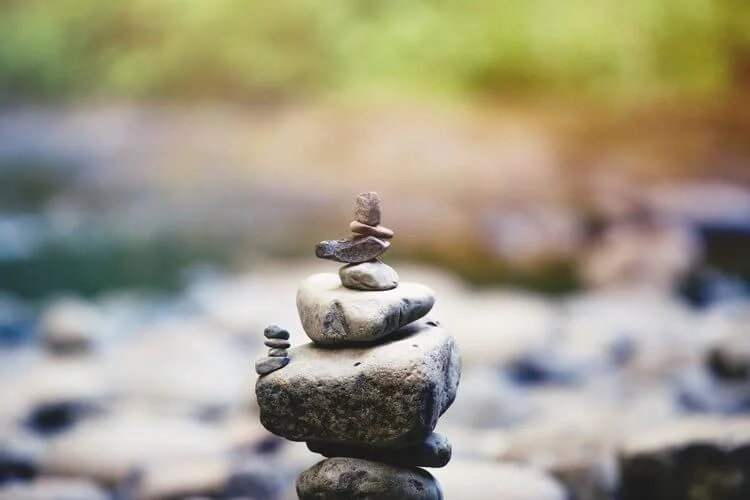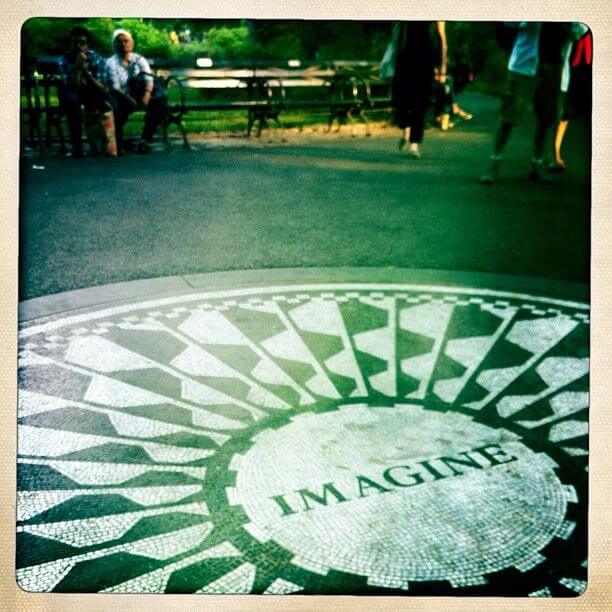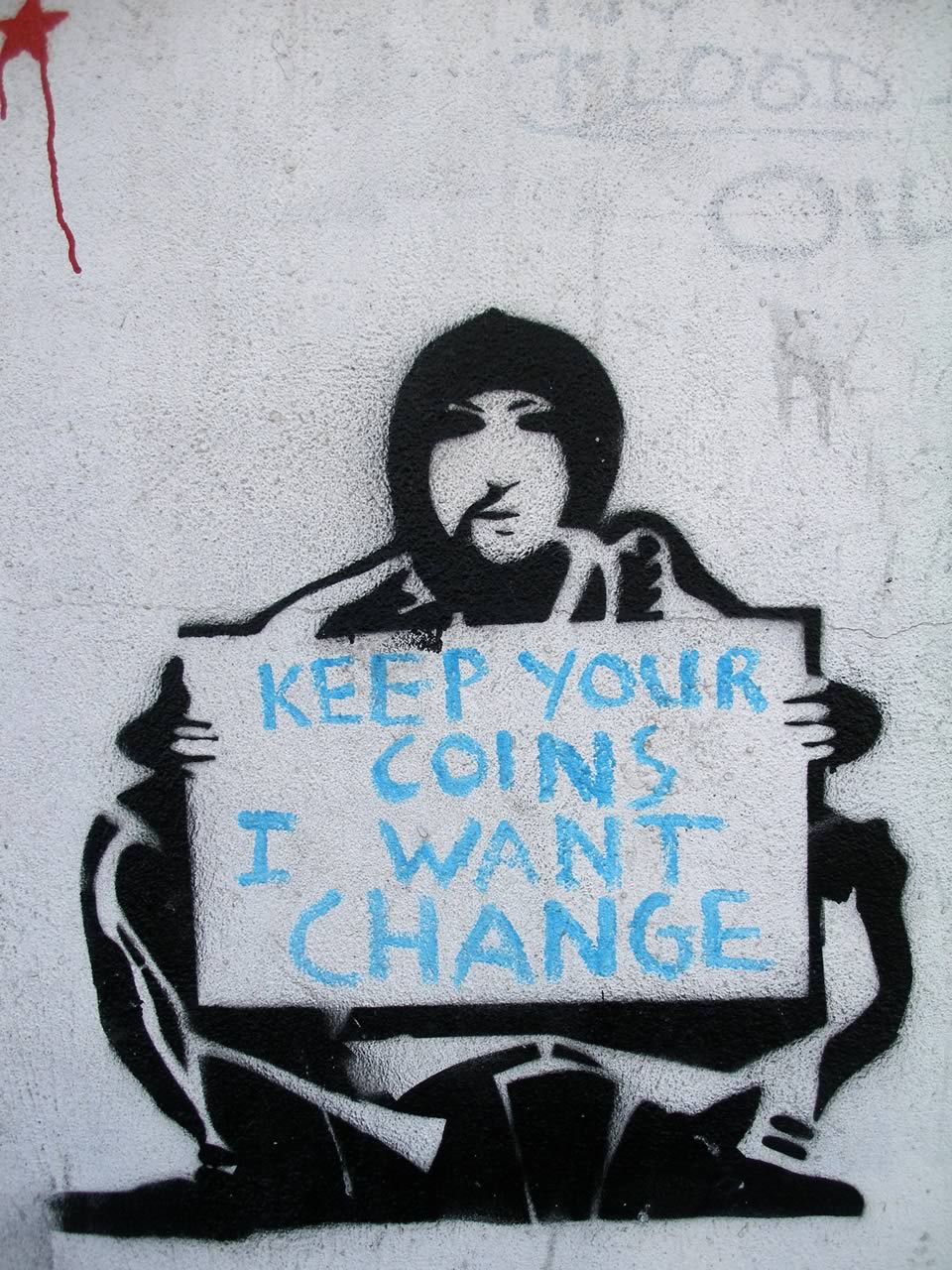Spring: A Time for Tending Ones Inner Garden
/It's Time to blossom!
As we move out of the depths of winter’s hibernating chill into spring’s sweet awakening, our arms are outstretched and ready to face a new beginning once again. Our buds are posed to grow, open and blossom with each day of expanding light and warmth. The birds sing their guiding, supportive song, as if to say, “grow, grow, grow.”
It is a time of shaking off the blankets and inner focus of the darkened days of winter. Springtime returns us to capturing the potential energy of forward moving intention that primes us for the creation of new experiences and in fulfilling dreams.
When we align with our inner landscape, we become the gardener of our own lives. We become aware of the authentic, wise part of ourselves that listens to our intuition, symbols and messages in our environment, and within our dreamtime.
It’s important to have patience in this process as we would in cultivating tender seeds and bulbs. In tending to the tasks of our inner gardens, we may have obstacles to contend with. Spring is known for it’s variable weather, moving from sun and warmth to high winds and sudden storms and back again. It is in this unpredictability that we dig-in our roots more deeply within the soil, becoming stronger and more grounded with each passing day. Here we realize that we can face any kind of irritation or disturbance that presents itself and still grow larger.
We learn that we may need to acquire more tools in which to create the inner garden of our dreams. Maybe we take classes or read more books or adopt a mindfulness practice that supports us on creating our path, so that when the weeds and slugs show up we know how to readily work with them. Starting with a good, healthy soil and foundation to begin with sets us up for fertile successes down the road.
Imagery and metaphor are powerful tools for personal transformation and growth, so allow yourself some time to imagine what tree, flower or plant you would be in order to connect with characteristics you’d like to adopt within yourself. Spend time learning more about your plant through books, making art or poetry about it, and by growing it.
Spring offers hope for creating anew, for sloughing off the layers that no longer serve us and for setting into action our own inner aspirations. Listening to nature and spending time amongst plants and trees will guide us towards tending to our own inner gardens in a renewed, harmonious and brilliant way.
-Tanya Vallianos
Tanya Vallianos, MA, LPC, ATR, NCC, EMDR III, EAP II is a psychotherapist in private practice in Fort Collins, CO. She can be reached at www.innersunhealingarts.com or 970-420-9504.


































